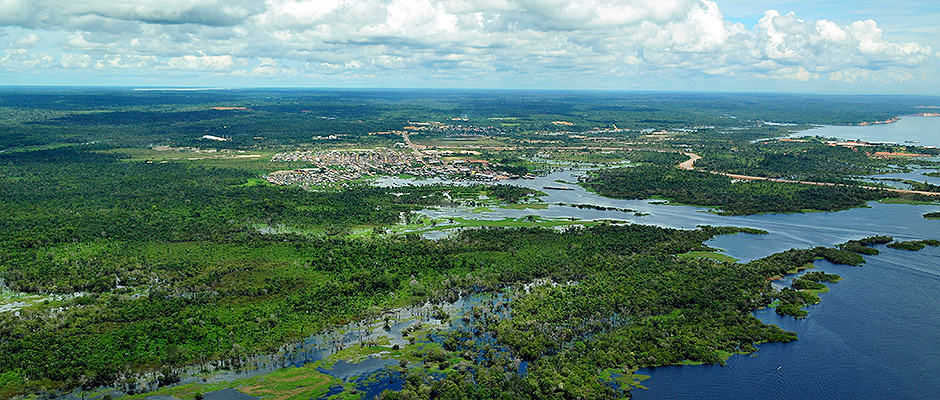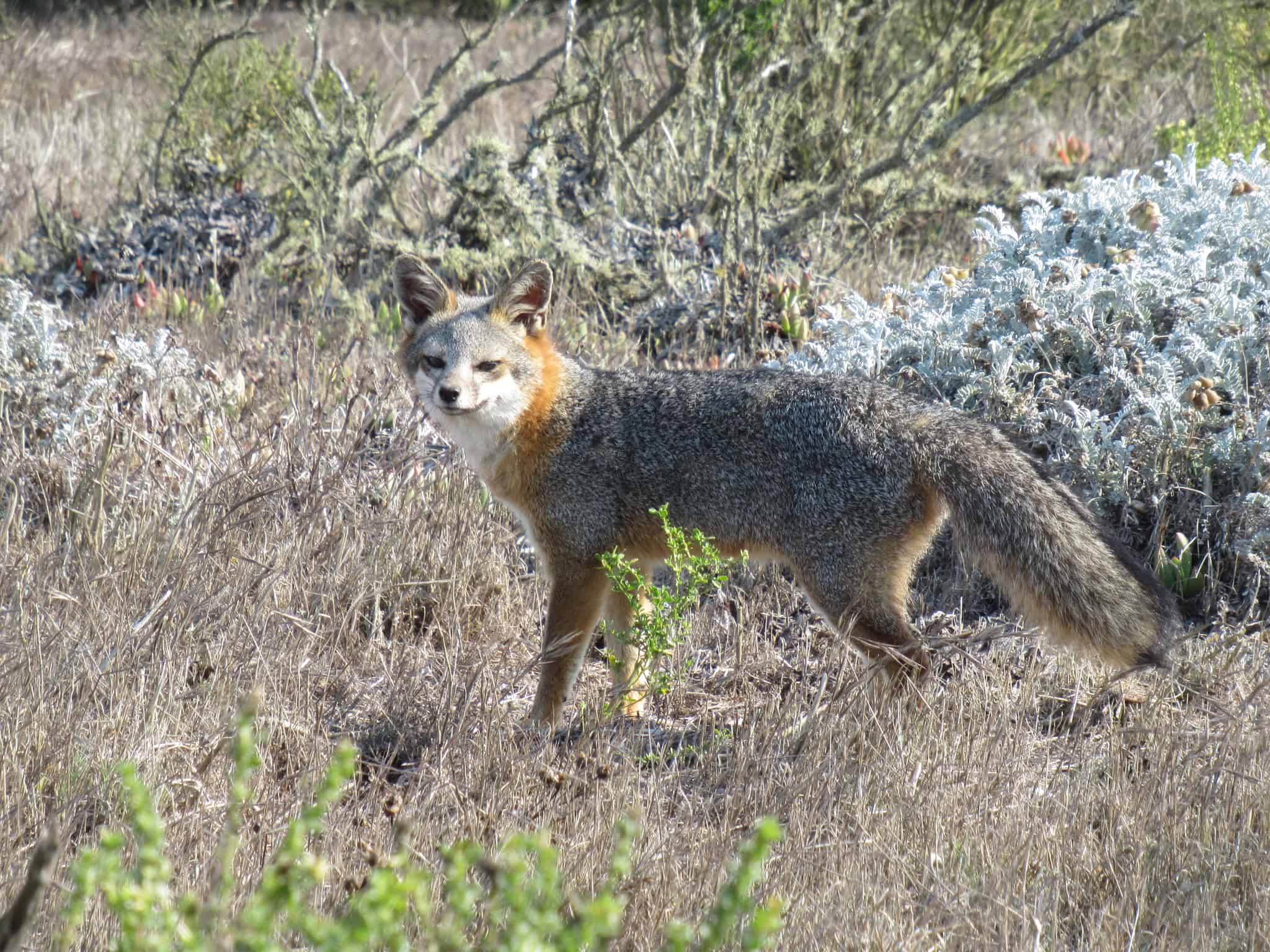Share this article
Report Finds Biodiversity Goals are Off Track
Despite the efforts of some nations, the world is not on track to meet its biodiversity goals, according to a new progress report from the Convention on Biological Diversity (CBD), an organization born out of the United Nations Environment Programme and aimed at restoring biodiversity worldwide.
In 2010, the convention parties — comprised of the European Union and 193 countries including Canada, Malaysia, Turkey, and Uzbekestan — adopted a 10-year strategic plan with 20 specific targets such as restoring 15 percent of degraded ecosystems across the world and slashing the rate of habitat loss in half. If achieved, the targets should slow the loss of global biodiversity.
Nearly halfway to the deadline, experts from around the world analyzed the progress made. They broke targets down into 55 component parts, some as indistinct as “people are aware of the values of biodiversity” to more specific goals such as “at least 10 percent of all coastal and marine areas are conserved” and “the rate of loss of forests is at least halved and where feasible brought close to zero.” Next, experts used current trends to predict whether those components are likely to be realized by 2020.
While participating countries are making progress on some goals, they are mostly falling short on others. The report showed that of the 55 components, only five are on track for completion. The other 50 components have seen little or no headway. For example, the CBD’s plan aims to prevent the extinction of endangered or threatened animals by 2020, but the report indicates that this goal is further away than it was four years ago.
This may be due in part to the onslaught of pressures that wildlife face everyday. Habitat loss and fragmentation, pollution, invasive species, and global climate change are just a few on an ever-expanding list that threaten global biodiversity. The CBD report suggests these pressures are likely to intensify over time, pushing more and more species closer to extinction.
But the future may not have to be as bleak as the results suggest. The report argues there is still time to meet these conservation goals if governments and societies make major changes in the ways they think about and use resources. Similarly, Peter White, conservation ecologist at the University of California believes making sustainable choices will lead to a brighter future for biodiversity. “I think this gloom we are experiencing now is just the narrow neck of an hour glass,” White said. “The question is how much biodiversity can we squeeze through this neck if we live sustainably?”
Header Image: Image Credit: Neil Palmer, International Center for Tropical Agriculture








